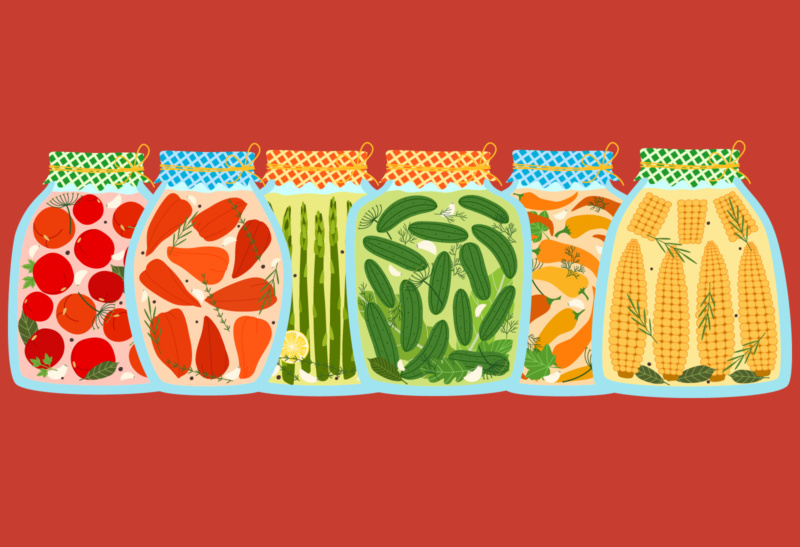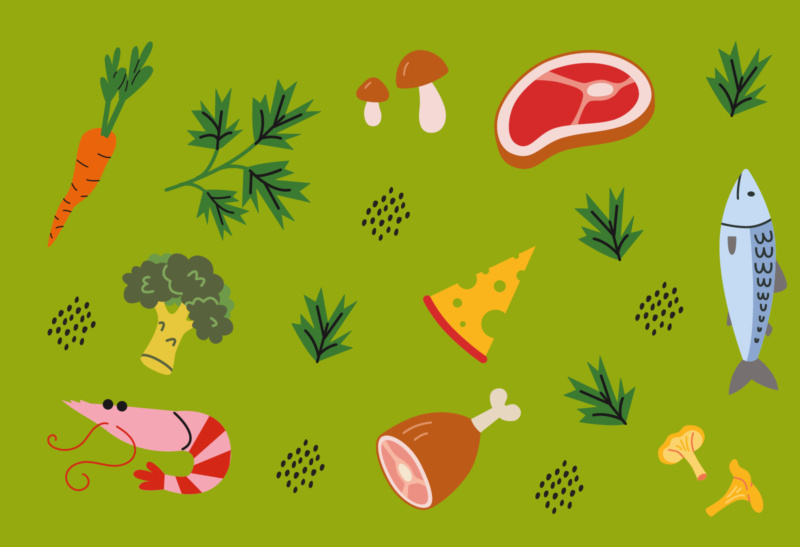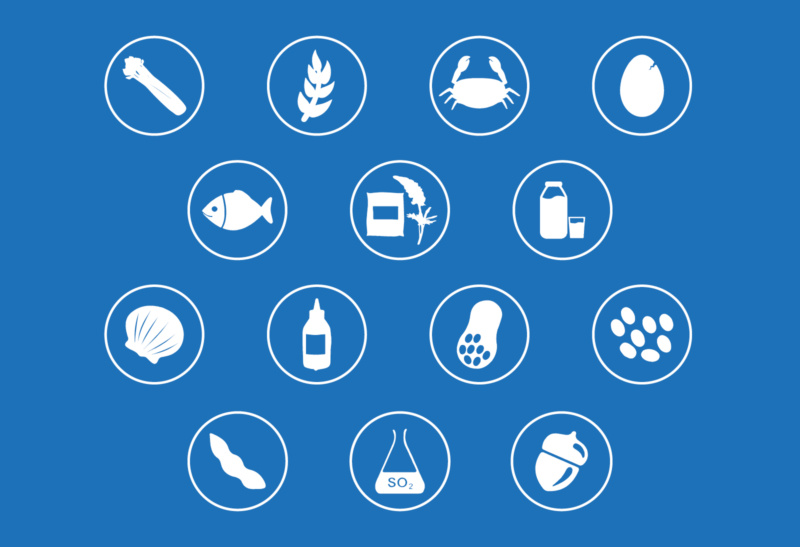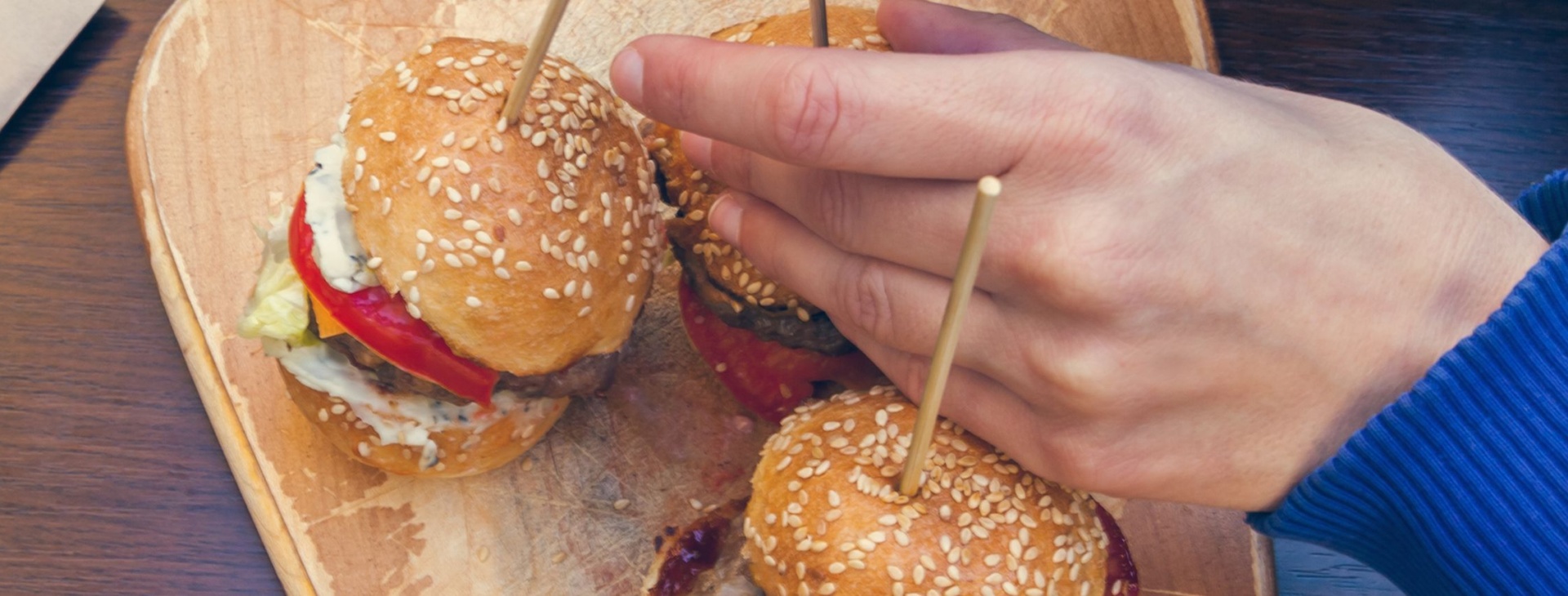With the recent budget cuts and overhead inflations, cost savings and profitability have never been more important for pubs, and there is no better place to start than in the kitchen. In the UK, pubs waste an average of 1.3 billion meals every year1, through leftovers, trimming or expired produce.
Consumers’ values are evolving, and sustainability and health are two significant drivers when choosing a food venue. Therefore, reducing food waste and highlighting this throughout your pub menu is essential to attract and retain valuable business.
Recent insights have revealed that 42.2% of consumers admitted that health is an important driver when choosing a pub venue, and 63% of consumers prioritise sustainability.2 When cooking chefs often discard skins, peelings, and storks of produce, wasting around ¼ of food purchased.3
However, these by-products of your delicious dishes can be used to create bold flavours through fermentation, a process that is often overlooked within many kitchens!
Fermentation: what and why
“In the UK, fermentation is less mainstream than in many other global cultures, but fermentation is responsible for many of the ingredients we regularly rely on, from cheese to vinegar, from pickles to wine; all these foods require a level of fermentation to produce them. Sauerkraut and kimchi are further examples, and the increasing focus on the need to have a healthy gut microbiome is leading to fermentation having a bit of a revival – in both domestic and commercial settings. Fermentation is a fantastic way of reducing food waste, adding incredible flavour and probiotics into your menus.”
Julie OwstHead of Sustainability, Bidfood UK
This process involves good bacteria, yeast and other microorganisms breaking down and acidifying food, in hand, transforming and preserving it. Resulting in new, diverse textures and innovative flavours.
Putting it into practice
The fermented food process really is a lot easier than it seems, requiring minimal time and resource: Shred or slice vegetable waste and submerge in vinegar, salt, and sugar to create tasty pickles and garnishes. Leftover milk? Transform into Kefir by adding kefir grains, yeast and storing a clean glass bottle.
These suggestions are just the tip of the iceberg for your food waste, and can allow you to tap into new flavours, concepts, and dishes!
Already got a glass of gherkins in the fridge? Here’s a hack from Chef Stuart on how to use it for making pickled onions.
Our top tips:
- Ensure safety first! When fermenting fruit or vegetables it is essential that the glasses or jars you use are properly cleaned and sterilised. Run them through the dishwasher at the hottest temperature and dry thoroughly before usage.
- Label and set a use by date. If stored in a cool temperature, such as the fridge, pickled fruit or veg should last for up to three months in an airtight jar. Use your instinct as you would with any other food ingredient.
- Experiment. Don’t be afraid to try pickling or fermenting new foods and adding them to classic dishes. Not only do these foods add an element of health and sustainability to your dish, but they also express innovation and new concepts!
Fermented food recipe inspiration
Here is a delicious dish, developed by our chefs, where fermented and pickled food work incredibly well.
Roasted and pickled mixed beetroot salad with whipped goats cheese
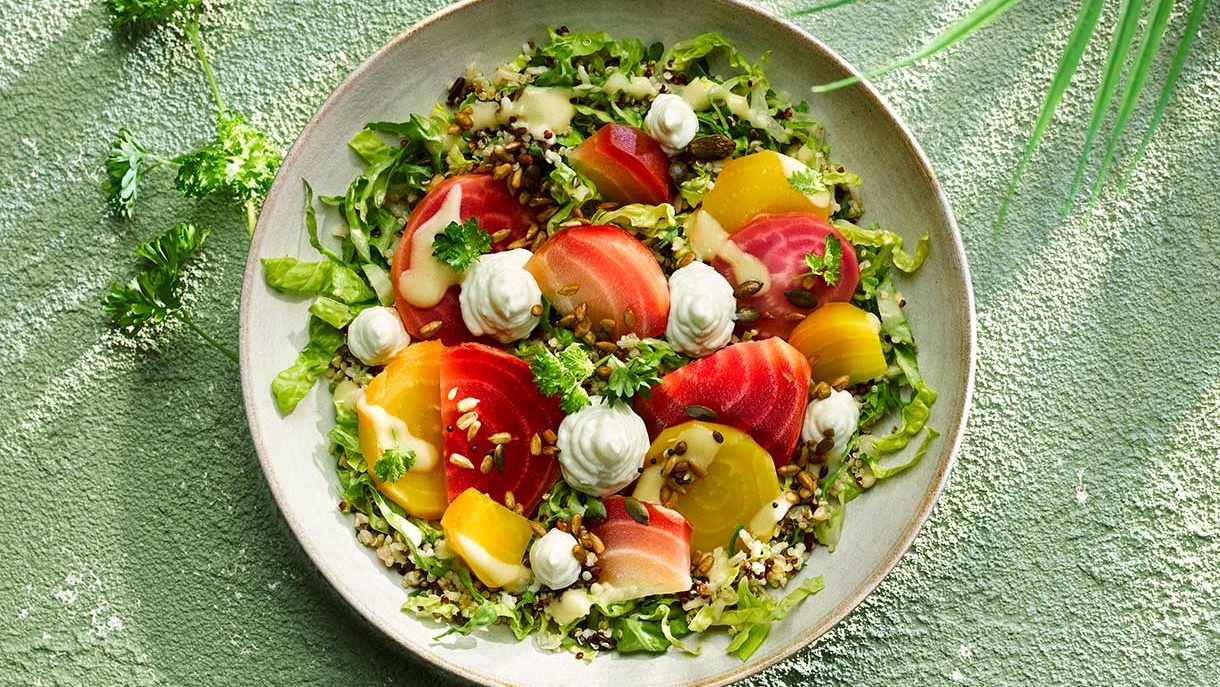
| Ingredients | Method |
| Candy beetroot 1kg | 1. Roast the candy and golden beetroot until tender |
| Golden beetroot 1kg | 2. Cut into random chunks for the salad and cool. |
| Ancient grains mix 1.2kg | 3. Blanch the ancient grains and cool. |
| Pre-cooked pickled beetroot 1kg | 4. Chop the pre-cooked beetroot (replace for your own pickled beetroots for a more intense pickled flavour). |
| Goats cheese 200g | 5. Blend the goats cheese and cream until smooth and creamy |
| Double cream 200ml | 6. Place into a piping bag |
| Everyday Favourites French dressing 100ml | 7. Mix the ingredients together apart from the goats cheese and plate |
| Olive oil 50ml | 8. Pipe the goats cheese on top as required |
| Leaf salad mix 30g | 9. Top with toasted seeds |
| Seed mix, toasted 125g | 10. Serve and enjoy |
Read more about our offering for pubs here: Pub food suppliers & wholesale
Sources:
1Waste Managed, 2024, February 29). Pub Waste Guide 2024 | Waste Managed. Waste Management Services | Recycling | WasteManaged.
2Lumina, 2024. Lumina Intelligence UK Pub & Bar Market Report
3Foodprint, The Problem of Food Waste, 2018; 2024
